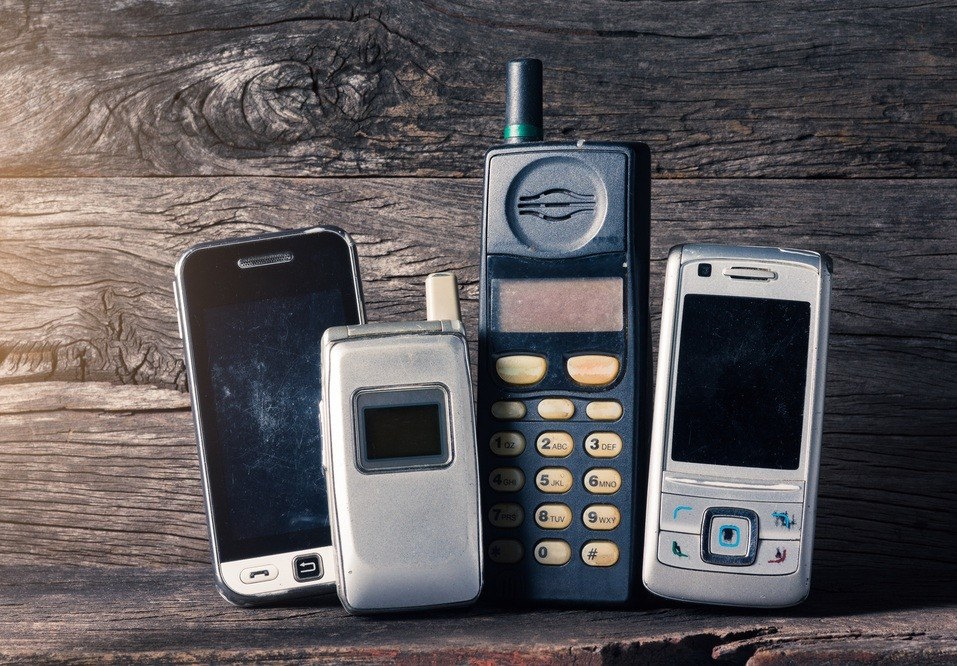info@apparati.co | +44 7572327495
Smartphones have become an integral part of modern life, shaping how we communicate, work, shop, and connect with the world. Their journey from bulky, experimental devices to sleek, powerful tools is a story of remarkable innovation. In this article, we trace the history and evolution of smartphones, highlighting the milestones that paved the way for the devices we can’t live without today.
The journey of smartphones begins with the invention of the mobile phone in the early 1970s. In 1973, Motorola engineer Martin Cooper made the first mobile call using a prototype of the Motorola DynaTAC. While revolutionary, these early mobile phones were limited to voice communication and were far from “smart.”
The concept of a smartphone—a device combining computing power with mobile communication—emerged in the 1990s. In 1992, IBM unveiled the Simon Personal Communicator, often regarded as the first smartphone. It featured a touchscreen, could send emails and faxes, and included calendar and address book functionalities.
During the late 1990s and early 2000s, Personal Digital Assistants (PDAs) like the Palm Pilot gained popularity. These devices offered features like calendars, note-taking, and limited internet access. Companies like Nokia and BlackBerry began merging PDA functionality with mobile phones, creating some of the first true smartphones.
In 2007, Apple introduced the first iPhone, marking a turning point in smartphone history. The iPhone combined a sleek design with a revolutionary touchscreen interface, full internet browsing, and an app ecosystem that redefined what smartphones could do. This era also saw the rise of Google’s Android platform, offering an open-source alternative that fueled competition and innovation.
By the 2010s, smartphones had become powerful, compact computers with features like high-resolution cameras, GPS, and fast internet connectivity. Apps transformed smartphones into tools for everything from social networking to shopping and gaming. Cloud services and streaming platforms further enhanced their utility.
Today’s smartphones are marvels of technology, boasting AI capabilities, 5G connectivity, and cameras rivaling professional equipment. Features like facial recognition, voice assistants, and AR integration have further expanded their use cases. The integration of smartphones with IoT devices has made them hubs for smart homes and workplaces.
The evolution of smartphones has been shaped by the relentless pursuit of innovation, driven by both technological advancements and changing consumer needs. From the IBM Simon to today’s cutting-edge devices, smartphones have transformed from luxury gadgets into indispensable tools for everyday life.
At Apparati, we celebrate the incredible potential of mobile technology by empowering businesses to harness it through hybrid mobile apps. Whether you’re an entrepreneur building your brand or an eCommerce leader expanding your reach, the smartphone’s evolution offers endless opportunities—and we’re here to help you make the most of them.
What’s next for smartphones? As AI, AR, and other technologies continue to evolve, the smartphone of tomorrow will be even more integrated into our lives, blurring the lines between the physical and digital worlds. Stay tuned—this story is far from over.
 November 29, 2024 - BY Admin
November 29, 2024 - BY Admin